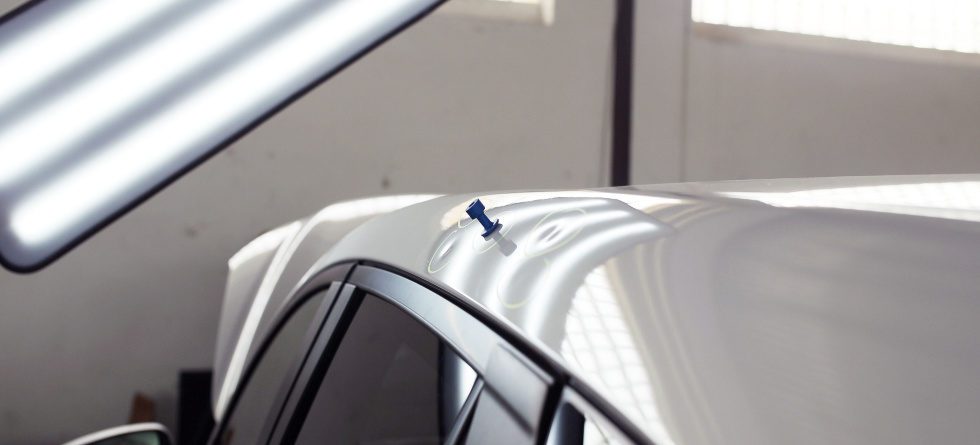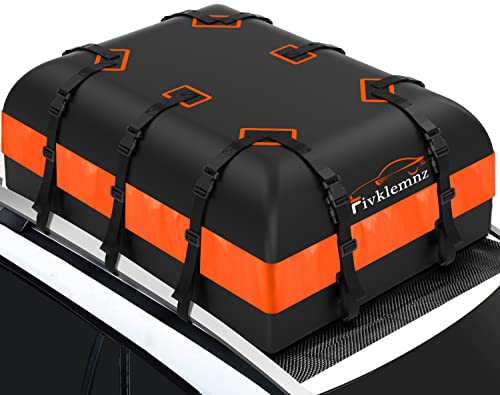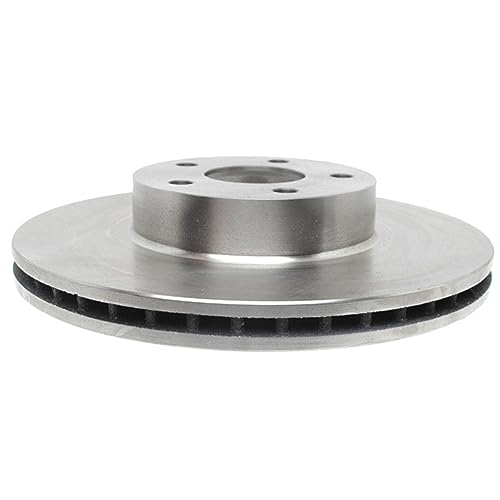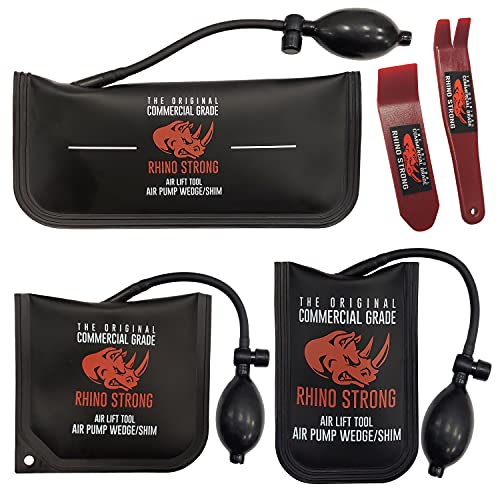Can You Claim Hail Damage Twice on a Car? Expert Insights
Yes, you can claim hail damage twice on a car. But, it depends on your insurance policy and the extent of the damage.
Understanding the process is crucial to avoid complications. Hailstorms can cause significant damage to cars. Many car owners wonder about the possibility of claiming hail damage more than once. The insurance process can be tricky and confusing. Knowing your policy details is key.
Insurance companies may handle multiple claims differently. It’s vital to understand the specific terms and conditions. This knowledge helps ensure your car is repaired and you’re not left with unexpected costs. Let’s dive deeper into what you need to know about claiming hail damage twice on a car. This will help you navigate the process smoothly.
Introduction To Hail Damage Claims
Hail can cause a lot of damage to cars. Dents and broken windows are common. Even small hailstones can harm your car. Repair costs can be high. Insurance can help with these costs. Knowing what is covered is important. Check your policy often.
Insurance helps pay for hail damage. Without insurance, you pay out of pocket. This can be very costly. Having the right coverage is key. It can save you a lot of money. Always read your policy details.
Understanding Insurance Policies
Insurance policies can offer different types of coverage. Comprehensive coverage includes hail damage. Collision coverage handles accidents with other vehicles. Liability coverage pays for damage you cause to others. Choose the right coverage for your needs.
Each policy has specific terms and conditions. Read them carefully. Some policies may limit claims for the same damage. Check if your policy covers multiple hail damage claims. Understand your deductible and how it affects your claim.
Filing A Hail Damage Claim
First, check your car for hail damage. Take clear pictures of the dents and damages. Contact your insurance company right away. Tell them about the hail damage. They will guide you on what to do next. Schedule an inspection with an adjuster. They will check your car to confirm the damage. Keep all documents and notes from these steps.
Gather all important documents. You need your insurance policy. Also, get repair estimates from a body shop. Photos of the damage are crucial. Keep a copy of the inspection report. Save any receipts for repairs. These documents help with your claim.

Credit: globalcollisioncenters.com
Assessing Damage And Repairs
Inspect the car for hail damage. Look for dents and cracks. Check the roof and hood first. Use a flashlight for better visibility. Examine the windows and windshield for chips. Inspect the sides of the car too. Document all damage with photos. This helps in insurance claims. Take close-up shots of each dent. A detailed inspection helps in accurate repair estimates.
Paintless Dent Repair (PDR) is a common method. It removes dents without damaging the paint. Traditional body repair may be needed for larger dents. This involves sanding, filling, and repainting. Windshield damage often requires replacement. Minor cracks can be filled with resin. Assess the cost of each repair option. Choose the best method for your car. Consult a professional for advice. They can suggest the best repair type.
Limitations On Multiple Claims
Every insurance policy has limits. These limits cap how much you can claim. Once you reach your limit, you can’t claim more. It’s important to know your policy’s limits. This helps avoid surprises. If you claim hail damage twice, it counts towards your limit. Always check your policy details.
Previous claims affect your current policy. Multiple claims can raise your premium. Insurers see you as a higher risk. They might increase your rates. Some might even deny future coverage. Every claim is recorded. This record impacts your insurance options. Think twice before filing multiple claims. Weigh the pros and cons first.
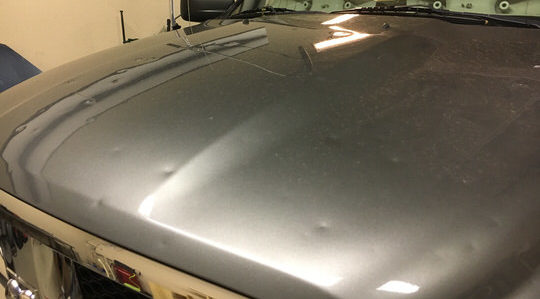
Credit: www.exceldentremoval.com
Expert Insights On Repeated Claims
Insurance companies often see multiple claims for hail damage. This is common. Cars can be hit by hail more than once. Each claim must be for new damage. Older damage must be fixed first. Otherwise, it might be hard to tell new damage from old.
Many think they can claim old hail damage again. This is not true. Insurance rules are strict. They only cover new damage. Some think it will raise their rates. Not always. Check your policy. Understand the terms. Ask questions if you are unsure. It helps to avoid problems.
Legal Considerations
Navigating legal considerations for claiming hail damage on a car twice can be complex. Insurance policies often have specific rules regarding multiple claims for the same type of damage. Reviewing your policy and consulting with your insurance provider is essential.
State Laws
Each state has different rules about hail damage claims. Some states allow multiple claims. Others have stricter rules. It’s important to know your state’s laws. Read your policy carefully. It will tell you what you need to know. Contact your insurance company for more details. They can help explain the rules in your state.
Policyholder Rights
Policyholders have rights when dealing with hail damage. You can claim damage if the car was hit by hail. Insurance companies must honor valid claims. Document the damage with photos. This helps your claim process. Keep all receipts for repairs. These are important for your claim. You can ask your insurance agent for help. They can guide you through the process.

Credit: hailspecialists.com
Tips For Policyholders
Always park your car in a garage during hailstorms. Use a car cover if no garage is available. Install hail-resistant materials on your vehicle. Regularly check weather updates. Avoid driving during hail warnings. Inspect your car for damage after each storm. Take photos of any damage. Keep a log of all repairs and damages. This can help with future claims.
Report the damage to your insurance company quickly. Provide photos and detailed descriptions. Keep all repair receipts. File a claim even for minor damages. Ensure your policy covers hail damage. Contact your agent for guidance. Follow up on your claim regularly. Ask about your policy’s limits. Know the deadlines for filing claims. Document every conversation with your insurer.
Conclusion And Recommendations
Claiming hail damage twice on a car depends on the nature and timing of the damage. Always check with your insurance provider for their specific policies. Document each incident thoroughly to support your claim.
Summary Of Key Points
Insurance claims for hail damage can be complex. It’s important to check your policy details. You might be able to claim more than once. The damage must be new each time. Old damage should be repaired before new claims.
Contact your insurance company for specific rules. They can guide you on how to proceed. Keep records of all repairs and claims. This will help avoid disputes.
Final Thoughts
Understanding your insurance policy is crucial. Always report new damage quickly. Ensure previous damage is fixed. This way, you can claim hail damage more than once. Stay informed and keep your car in good condition.
Frequently Asked Questions
Can I Claim Hail Damage More Than Once?
Yes, you can claim hail damage multiple times. Each incident is treated separately by your insurance company.
Does Previous Hail Damage Affect My New Claim?
Previous hail damage can affect your new claim. Ensure prior damages are repaired to avoid complications.
Will My Insurance Premium Increase After Multiple Claims?
Filing multiple claims for hail damage can lead to higher insurance premiums. Check with your insurer for details.
How Do I File A Hail Damage Claim?
To file a hail damage claim, contact your insurance company. Provide them with details and photos of the damage.
Conclusion
Hail damage claims can be tricky. Always check your insurance policy details. Document damage thoroughly. Contact your insurer promptly. Each claim should be unique. Avoid overlapping claims. Honest reporting helps in smooth processing. Understand your coverage limits. Repairs need timely action.
This ensures vehicle safety. Consult an expert if unsure. Stay informed to protect your car.

